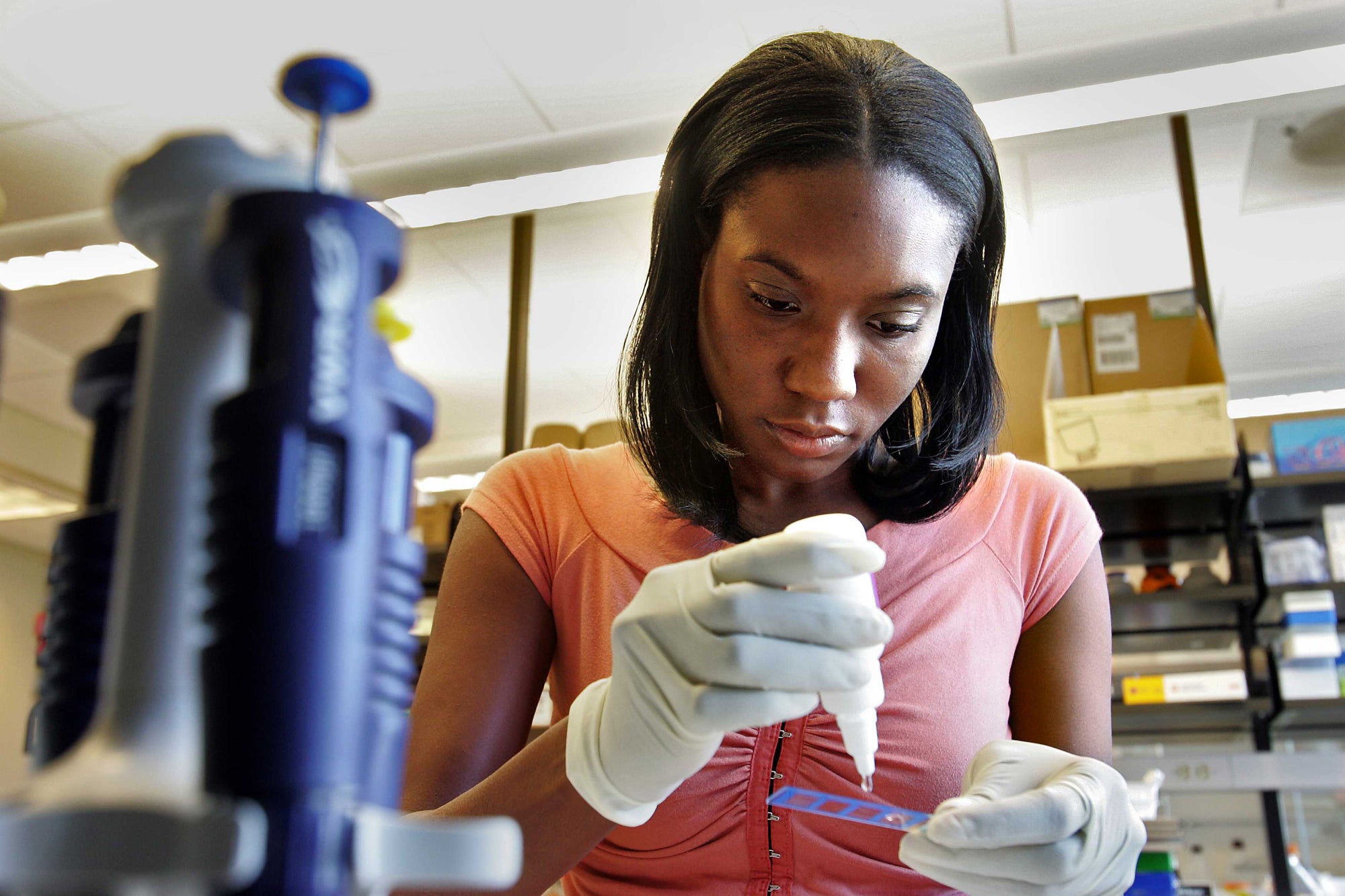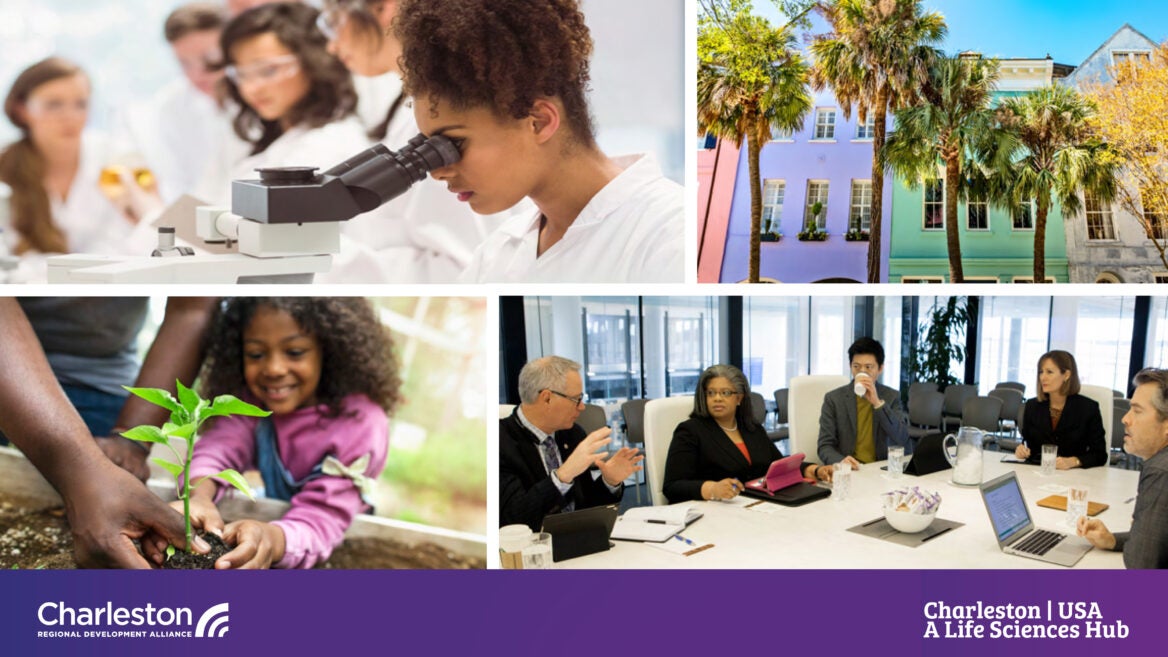
Selecting a destination for a greenfield foreign direct investment (FDI) project is a long and sensitive process that no company takes lightly. By carefully weighing up a range of factors, businesses can ensure they are choosing a city or region where their company can access the resources needed to scale multinational operations smartly.
In the life sciences sector, one country is significantly outstripping others for FDI. Data shows that almost 40% of all life sciences subsidiaries are located in the US. Thanks to a highly skilled talent pool, world-class lab infrastructure and renowned research institutions, the US has cemented its position as a proven market for life sciences. After all, around a third of the world’s leading life sciences corporations have their headquarters in the country.
However, with 50 states to choose from and a total of 38 cities with individual populations more than 500,000, narrowing down exactly where to invest becomes anything but simple. FDI experts at Investment Monitor have highlighted the following list of factors as most important to life sciences companies considering a greenfield investment in 2022: labour, education, industry clusters, domestic market, infrastructure, business environment, costs and quality of life.
In this article, we explore the latest region to enter the FDI hotlist for US life sciences – Charleston, SC – to examine how it performs against each factor.
Labour and education
A large labour pool is a basic requirement of any company scaling operations in a new territory. While the size, growth rate and costs of that workforce should all be considered, quality of talent is likely to be the most important FDI driver for a life sciences business.
The Charleston region’s labour force is growing three times faster than the national average. US Census Bureau statistics for 2020 showed that Charleston’s largest demographic age group is 25 to 34-year-olds. In fact, compared against other mid-size metros (those with populations of 500,000–1,000,000), Charleston has the highest concentration of this age group. Moreover, the region’s education statistics reveal a higher percentage of individuals with bachelor’s and advanced degrees than the US average.
Linked to talent, the presence of good universities is another great sign for life sciences, especially institutions with a focus on healthcare. Located in downtown Charleston, the Medical University of South Carolina trains approximately 3,000 students a year, with an emphasis on world-class patient care alongside groundbreaking research and innovation.
Locating a subsidiary in close proximity to such an institution has advantages beyond pipeline talent, as there is the potential to access research and tap into networks for product development and clinical trials.
Industry clusters
Investing in areas that have demonstrated a good track record of success for similar companies is a simple way to reduce risk, but in 2022, companies should be careful of investing in overly populated life sciences clusters, which might be too competitive.
With a collaborative scientific community at the inflection point of what many predict to be a steep growth curve, Charleston’s life sciences sector is ready for investment. Big names such as Charles River, Hillrom, Alcami, SHL Medicaland Thorne have benefitted from ‘first-mover advantages’, but there is still plenty of room to grow for this mid-sized market.
Domestic market and transportation infrastructure
A large proportion of FDI is market-seeking – another reason why the US, with its huge middle-class population, attracts the majority of life sciences. To transport products domestically and internationally, a well-functioning network of transportation infrastructure including roads, airports, and railroads is an essential requirement. Locations with access to the sea may also offer a cheaper way of transporting goods.
The Charleston region’s location in the geographic middle of the US east coast offers prime access to market. In fact, nearly one-third of the US population resides within 500 miles (800km) of the region, or roughly a one-day truck drive.
Charleston provides strong, dependable transportation infrastructure to local companies, including a seaport that is considered the most productive and efficient in North America. With the Charleston Harbor Deepening Project currently under way, the port is on track to achieve a 52ft depth, making it the deepest on the east coast.
Business environment and costs
While costs are an important driver of FDI, recent trends suggest this factor takes a back seat to others, such as labour quality and availability. Yet a business-friendly environment remains an important part of a company’s choice.
In the US, entry barriers and tax levels vary largely across states. The south-east performs consistently well, with South Carolina named the fourth best state for business climate by Area Development magazine in 2021. The state’s low corporate tax rate (5%) and a variety of industry-friendly regulations and statutory incentives are clearly not going unnoticed. South Carolina also has one of the lowest unionisation rates in the country (2.6%).
Quality of life
Last but by no means least, quality of life has risen up the ranks of FDI drivers in recent years. This is especially true for life sciences operations, to whom attracting, moving and retaining top talent is crucial. Real estate options, schools, recreational and cultural amenities, healthcare systems, cost of living, transportation, crime and climate are all key considerations.
Charleston ranks highly across the board, especially in recreation, healthcare, housing and climate. In 2021, Travel + Leisure readers voted Charleston the best US city for the ninth year in a row. The destination performs consistently well in Condé Nast Traveler’s Readers’ Choice Awards too, holding a top spot for ten consecutive years.
With scenic surroundings and a strong cultural scene, Charleston is popular with holidaymakers and jobseekers. In particular, the area’s unique charm enables it to attract young, college-educated workers, with USA Today dubbing Charleston a ‘millennial magnet’ in 2014 due to its high ratio of millennials to teens.
Many companies have their eyes on Charleston right now, as the location performs highly across all of the trending FDI drivers. While the life sciences market continues to grow, the 300-plus medical device and pharmaceutical manufacturers, research laboratories and service companies already there can feel confident in the area’s ability to support their future growth and success.
Discover why global life sciences businesses are choosing this thriving region. Download the white paper ‘Charleston, USA: A life sciences hub’ here.



